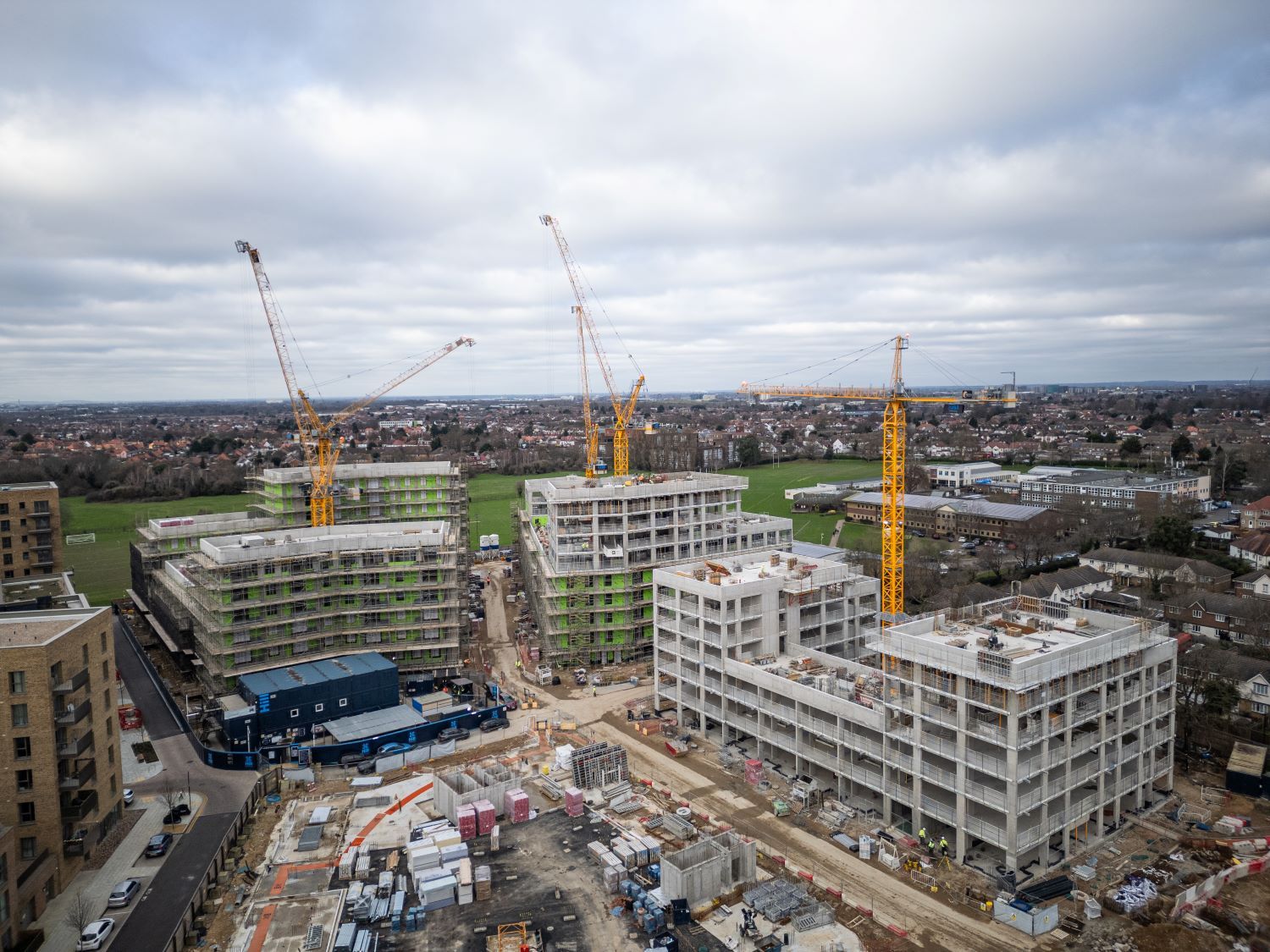In our work we often hear the same initial question: ‘What are the specifications of this sensor?’ And that is a great place to start! But if your sensor solution ends with datasheet values, you might be overlooking the very thing that determines whether your sensor will succeed. Because a good sensor is not just about what it can measure, it’s about how it fits.
Why Integration Matters
Imagine you have selected a high-accuracy sensor with the right output type, measurement range, and performance. But when you apply the sensor to your application, the cable doesn’t match your connector or the available space. You worry the sensor might not function reliably, or worse, not at all.
This is why mechanical and electrical integration must be part of your selection process from day one. At DIS Sensors, we work closely with our customers and distributors to get a full picture of the application before any sensor is produced or configured. If you want to know more about this collaboration, please read this blog.
3 Questions You Need to Ask
Before making a final decision on a sensor for your application, consider these three questions:
1. How will it be mounted?
- What is the available space?
- Are there existing mounting holes, brackets, or space constraints?
- What kind of screws, threads or alignment is required?
2. What type of output signal and connection is needed?
- Analog (0–10V / 4–20mA) or digital (CANopen / Modbus)?
- Cable and/or connector type
- Does the cable need to be UV-resistant, shielded, or flexible?
- What environmental factors will the cablebe exposed to?
3. What are the surrounding conditions?
- Will the sensor be exposed to shock, vibration, dust, chemicals or high pressure alter ?
- Are there extreme temperatures or electromagnetic fields (EMC)?
- What IP rating is required?
Why This Is Built Into Our Process
At DIS Sensors, we treat sensor integration as core engineering, not as an afterthought. Our QG and QR sensor series offer wide configurability, from housing size and material to output type and mounting options. That way, we can match the system and not just the spec.
We also train and support our distributors to ask the right questions. Because the earlier we understand how and where a sensor is used, the better we can ensure a solution that fits. Technically, practically, and reliably.
Want a sensor that really fits?
Let’s go beyond the datasheet. Tell us about your application, and we will help you design a solution that is technically correct, and also mechanically and electrically optimized for your system. Contact us today or talk to one of our local distributors.




